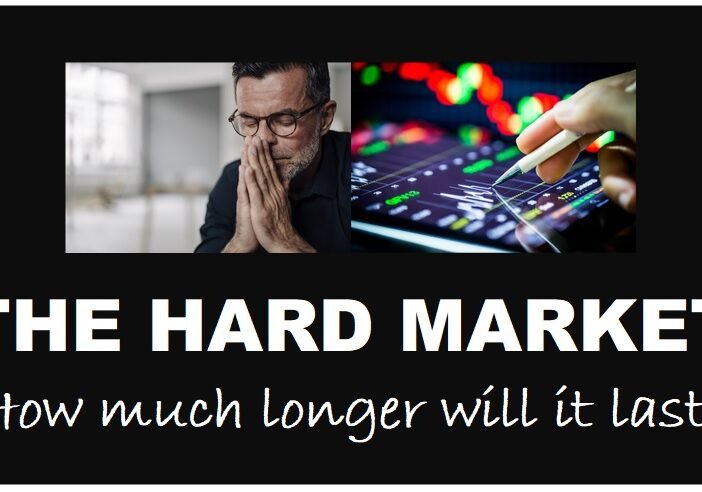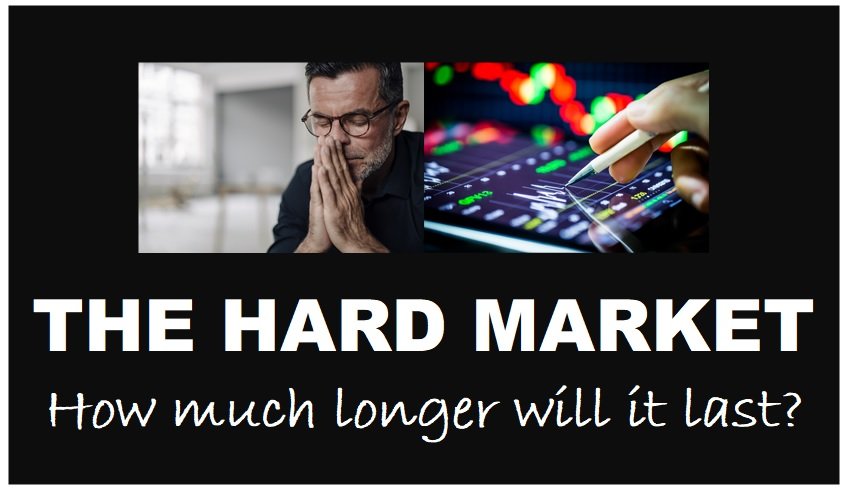
Insurance agents today are having to explain higher personal and commercial lines premiums to angry clients. Carriers who used to accept every account are now turning down homes with roofs older than 10 years or offering $5 million umbrella limits instead of $10 million or requiring much higher deductibles or not offering coverage at all. Many of them are cutting commission rates. The markets have turned very hard.
How much longer will this go on?
The last three hard markets (in the 1970s, 1980s, and 2000s) lasted roughly three years each. The harshest may have been the one from 1984 to 1987, when premiums rose 10% annually and Time Magazine famously posted on a 1986 cover, “Sorry, America, Your Insurance Has Been Canceled.” Things have not gotten quite that bad this time.

The current cycle took off around 2021, so history might indicate a turn in 2024. However, there are reasons why this hard market may be different. The forces behind it do not show signs of abating. The industry had an underwriting loss of $8.2 billion in the first quarter of the year, an $11.6 billion swing from the previous year. The combined ratio (losses plus expenses divided by premium) was 102.0.
There are several factors responsible for these results:
- While inflationary forces have declined in recent months, supply chain disruptions since the eruption of the COVID pandemic in 2020 have sent loss costs soaring. For example, the rate of inflation for residential construction goods and trade services has been more than 10 points higher than consumer inflation.
- State insurance regulators have refused to approve rate levels insurers have sought. Unable to charge adequate rates, insurers have reduced capacity.
- Increasingly severe weather events are driving insured catastrophe losses, which hit $99 billion in the U.S. in 2022. Hurricane Ian alone became the second-costliest insured natural disaster in history.
- Abuse of the legal system has caused major inflation of liability insurance losses. In 2010, the average jury verdict in a personal injury suit was $39,300; in 2020, it was more than triple that. Consumer inflation averaged 3.1% during those years, while verdicts rose 24.8% annually.
Inflation has probably been the biggest culprit of this hard market. A huge part Cement and concrete prices were up 9% in the first quarter of 2023. Most contractors raised base pay rates in 2022 but are still having trouble hiring. In some places, it is taking auto repair shops months to get the parts they need to perform repairs, and those parts cost much more than they used to. Add to that labor shortages faced by repair shops and the natural result is high and rising repair costs paid for by auto insurers.
To add insult to injury to the inflation, some state regulators are apparently dropping the ball. For example, one study shows that the California Department of Insurance takes on average of almost a full year to approve homeowners and commercial insurance rate filings and more than ten months to approve personal auto filings. The new rates may be inadequate by the time they are approved. All of this could be avoided if regulators in certain states act promptly, Price controls have a history of hurting production and this is very much the case here. Companies cannot possibly keep running at a loss, especially in the insurance industry as this jeopardizes their reserves. Without adequate reserves, they are unable to take on more capacity. In this case, the regulators are not serving the marketplace.
Catastrophe losses during the first half of 2023 have been heavy. A storm pattern stretching across several months caused insured losses of at least $34 billion in the U.S. This included 812 tornadoes and 729 storms with hail of at least 2 inches in diameter. The first half of the year includes only one month of hurricane season and only a sliver of the recent extreme heat that has gripped the south. Other than for spoilage coverage, heat is not generally a factor for property insurance, but it can be for bodily injury and property damage liability and Workers’ Compensation.
The duration of the hard market may depend in large part on what happens the rest of the year. The National Oceanic and Atmospheric Administration (NOAA) has predicted near-normal hurricane activity in the Atlantic Ocean this year, but that forecast still anticipates one to four major hurricanes. Wildfire activity in the first half of the year was relatively quiet; if that trend continues, insurer combined ratios may come down and ease hard market conditions. If wildfires grow worse, the resulting losses may prolong the pain.
Industry watchers are not optimistic. A recent report by Swiss Re warned that insurers’ loss reserves may be inadequate. Increasing those reserves may aggravate the hard market conditions. Further, S&P estimates that the property-casualty industry will experience a second consecutive underwriting loss in 2023.
How long will the hard market last? If insured losses resume a more predictable pattern, eventually rising premiums will fatten profit margins. Flush with cash, insurers will cut prices and underwrite less aggressively to gain market share. That is how every soft market cycle begins. There will be another soft market, but there is no guarantee that history will repeat the three-year hard market duration. The final determiner will include a number of factors, including the pace of inflation, how fast will regulators act, catastrophic claims, natural disasters and cost of litigation.












